- The Dodge Charger has gone fully electric (for now).
- Four-door and gas-powered versions will launch later this year.
- On our test track, the Charger Daytona Scat Pack impressed in some ways but disappointed in a few others.
2024 Dodge Charger Daytona Tested: The EV Is Here. Do We Miss the V8?
The new Charger puts up impressive numbers, but something is missing
The Dodge Charger is now a fully electric vehicle (well, for now). We've gone from ridiculous supercharged V8 Hellcats to electrons. What a world.
At first, the Charger will only be offered in one variety: two doors with an electric powertrain, and that's the one we're testing. It's worth noting that all electric Chargers are called Daytonas and the forthcoming gas versions are all called Sixpacks, after the turbocharged inline six-cylinder engines that will fill the engine bays of those cars. Four-door versions are on the way as well, with the exact same body lines but an extra set of doors (and the same hatchback).
2024 Dodge Charger Daytona Scat Pack
Spec | 2024 Dodge Charger Daytona Scat Pack |
|---|---|
Battery | 100.5 kWh (93.9 kWh usable) |
Power | 670 hp |
Torque | 627 lb-ft |
0-60 mph | 3.5 seconds |
Range | 214 miles (EPA) |
Weight | 5,974 pounds |
Price as tested | $85,965 |
The quickest Dodge we've ever tested
The Charger Daytona jumps to the top of the Dodge leaderboard with its 3.5-second 0-60 mph time. This bests the Dodge Charger Hellcat Redeye (4.1 seconds) and even the last Dodge Viper we tested (3.6 seconds), although that one was a manual. The Daytona's off-the-line quickness is due to a combination of all-wheel drive and instant torque, because both the Hellcat Redeye and the Viper had major traction issues at launch.
Our best 0-60 time came while using Drag mode, utilizing the launch control and a race prep system that optimizes the battery temperatures, allowing you to toggle down the hardness of the launch. In "max" launch mode, the Charger Daytona's tires spun up to near 30 mph, so we turned it down to its "hard" setting and that seemed to do the trick. The Daytona's quarter-mile time of 11.6 seconds at 119.0 mph was also impressive, especially when you consider that the coupe weighed in at 5,974 pounds on our scales. For some perspective, that makes it just 10 pounds shy of a Ram 1500 Tungsten.
Some of you will be quick to point out that the 3.5-second number is slightly slower than Dodge's cited 3.3-second time for the Charger Daytona Scat Pack. If we tested on a prepped surface, such as a proper drag strip, maybe this would be possible.
Stopping and turning
Big cars and quick cars alike need some extra stopping power, and since the Charger Daytona fits both criteria, it gets some jumbo-size Brembo-branded stoppers with 16-inch rotors at both the front and rear. (The front brakes have six-piston calipers; the rear have four.) These bring the Dodge to a stop from 60 to 0 mph in just 111 feet, a similar figure to what we've achieved in other performance EVs like the Hyundai Ioniq 5 N and Tesla Model 3 Performance.
On our 200-foot lateral skidpad, the Charger Daytona's performance was even more impressive — it pulled 1.01 g. That beats the Hyundai (1.0 g) and the Tesla (0.97 g), as well as the Charger Hellcat (0.96 g). A lot of this comes down to its tires: Goodyear Eagle F1 Supercar 3s that are the widest ever fitted to a Charger. One of our test team members remarked that they looked like steamrollers more than tires.
Fratzonic blues
Though the big engine might be gone, Dodge is still attempting to give the Charger a rip-roaring soundtrack and it does that through a system called Fratzonic, an homage to the Fratzog logo that adorned Dodge muscle cars back in the 1960s. Fratzonic uses a big speaker located at the rear of the vehicle and it emits a dramatic startup noise before settling into a V8-inspired purr. The sound level is tied to the drive mode and there's no way to adjust it; it's loudest in Track and Drag modes. Weirdly, there are no simulated shifts, so if you hear one tearing down a dragstrip, you'll hear the engine note just wind up and up and up.
Dodge made one claim about this system that we wanted to test. On the concept Charger Daytona, it was claimed that the Fratzonic exhaust would make 126 decibels of noise, so we pulled out our decibel meter and held it at the business end of the Charger while "revving" it to the floor. We measured a sound output of 125.2 dB, which is actually louder than a Challenger Hellcat. That said, whenever a Hellcat flew by at wide-open throttle it was a transcendent experience; in the Charger Daytona, it just feels like it's trying way too hard.
Understeer abounds
Senior vehicle test editor Kurt Niebuhr said it best: "All-wheel drive ensures more stability and predictability than the old V8 Chargers, but it's not tuned as well as I'd like it to be. The all-wheel-drive system feels inert and doesn't feel like it's helping the Charger adjust its line or get around the skidpad with any verve or adjustability. Even more aggressive throttle and steering inputs don't bring out any neutral handling or even oversteer. It's just about managing understeer."
The Daytona's nose seems to push on corner entry, and though the adaptive suspension tries its best to help manage the coupe's weight, it can only do so much. It doesn't help that the steering also feels novocaine numb and is way short on feedback; you'll feel things through the seat more than your hands.
Speaking of the seats, they also lack bolstering, and any quick turn makes you slide out of them. Under braking, the coupe feels somewhat stable but there's one big problem: the regenerative system. This is Dodge's first EV and it shows, because the brake blend is a big problem. It grabs hard enough to unsettle the car — it almost feels like the Charger is braking twice at times and that upsets the front balance. On the street, this also makes it a very hard vehicle to drive smoothly, and you have to turn the regen all the way down or else it can make you carsick (even if you're the one driving).
In Track mode, you don't get access to the Daytona's full 670 hp all the time. It's set up to help you do more sustained laps than full-out ones. But if you need all of the grunt, there is a PowerShot button on the steering wheel that boosts the power up to full for 10 seconds when you mash the throttle. Do so and the Charger Daytona can really scoot, which keeps you happy — until the straightaway ends, anyway.
Edmunds EV Range Test results
And of course, in addition to our testing at the track, the Charger Daytona also took a turn on the world-famous Edmunds EV Range Test. Expectations were low; the Charger Daytona only offers an estimated 241 miles of range and that drops to 216 miles with the Track package (which our test vehicle had).
How'd the Charger do? Read our full results of its run through the Edmunds EV Range Test.
One final number
Throughout our testing with the Charger Daytona, there was one final number we couldn't seem to understand: its price. At $85,965 as-tested, this is a very, very expensive car for what you're getting. Its interior doesn't live up to that hefty sum and neither does its driving experience, especially if you want it to turn.
Sure, this thing is quick in a straight line, but it will get dusted by a Model 3 Performance (3.0 seconds from 0 to 60 mph) — a car that costs nearly $30,000 less.
But the most damning thing about the new Charger Daytona is the lack of drama. A Charger Hellcat might have been slower on our acceleration track, and it certainly wasn't great in the corners either, but at least it was interesting and it loved to hang its tail out and have a good time. This new Dodge has muscles, to be sure, but like a bodybuilder in a Speedo, they seem to be more for show than for go. And that's a bummer.
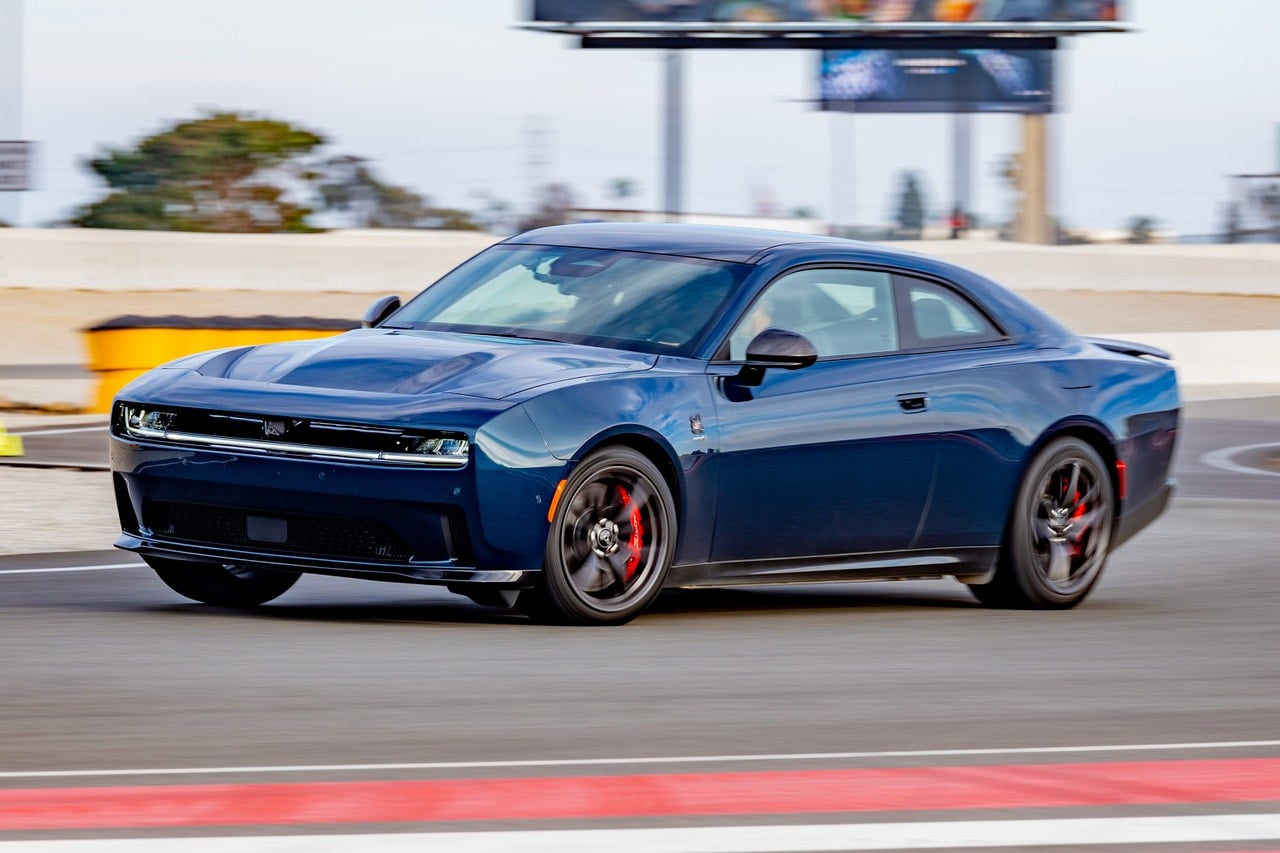
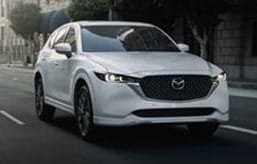
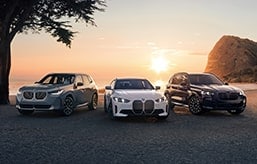
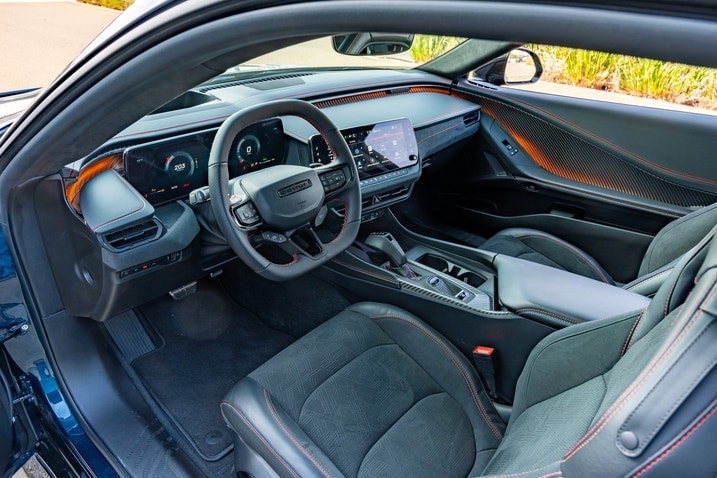

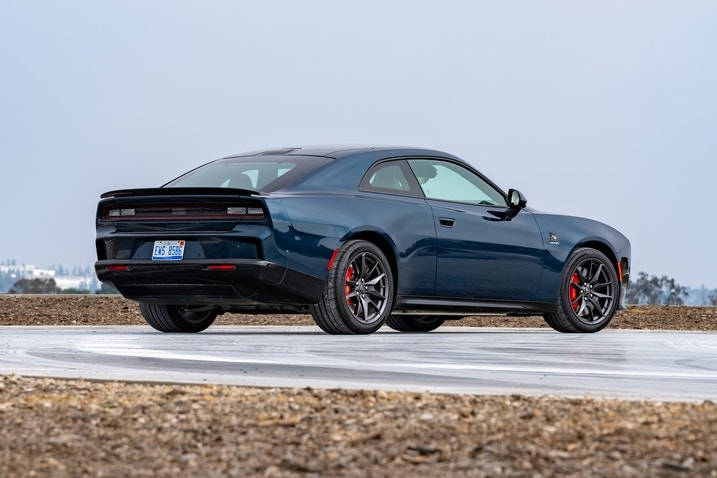
 by
by  edited by
edited by